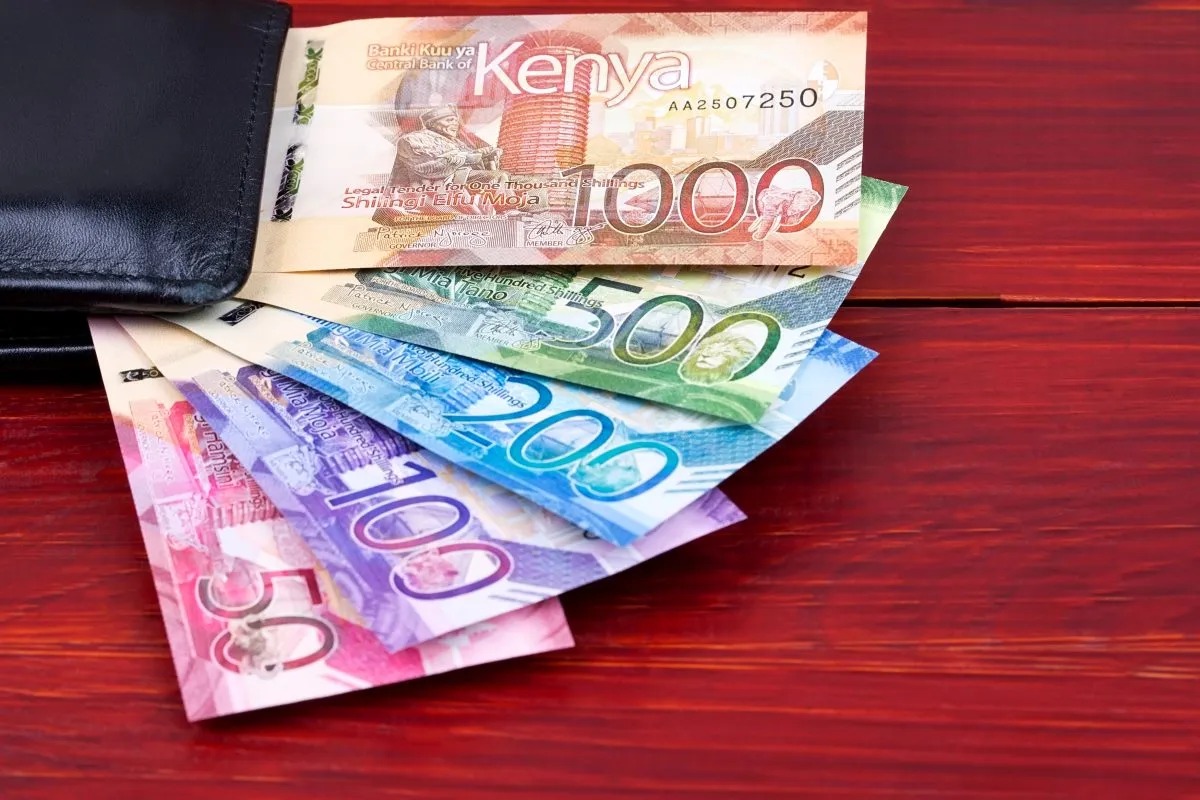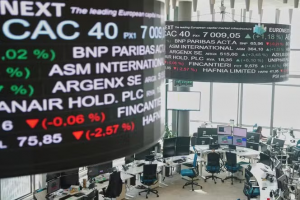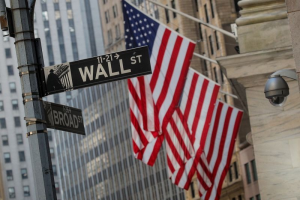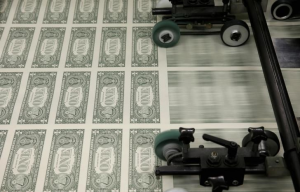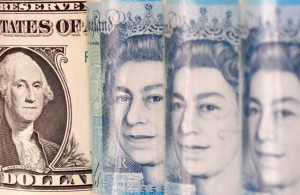On Thursday, the Central Bank of Kenya conveyed confidence in the stability of the country's foreign exchange rate despite the recent freeze on foreign aid by U.S. President Donald Trump. The central bank governor highlighted strong remittance inflows as a key factor supporting the robustness of Kenya's foreign exchange reserves, which stand at approximately $9 billion.
The reserves provide a substantial import cover of over four months, suggesting a resilient economic backdrop. This assurance comes in the wake of concerns raised by the U.S. decision to halt most foreign development assistance as it evaluates the efficiency and alignment of such aid with American foreign policy objectives.
Contrasting the central bank's outlook, on Wednesday, Kenya's Finance Minister John Mbadi expressed apprehension over the potential economic impact of the aid suspension. He noted that Kenya's limited fiscal space might make it challenging to compensate for the loss of funds. Mbadi also expressed hope that the U.S. would reconsider its position on the matter.
Despite these developments, the Kenyan shilling has remained relatively steady against the dollar year-to-date. The currency closed the previous year with a significant gain of about 21%, bolstered by a successful bond buyback program that alleviated concerns over a potential government default.
Further demonstrating its proactive stance, the Central Bank of Kenya reduced its main interest rate on Wednesday, marking the fourth consecutive cut aimed at fostering lending and spurring economic growth. The Central Bank Rate was trimmed by 50 basis points to 10.75%, aligning with the predictions of a Reuters poll involving four economists.

